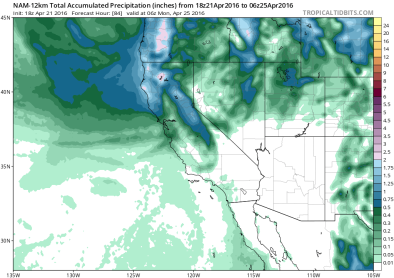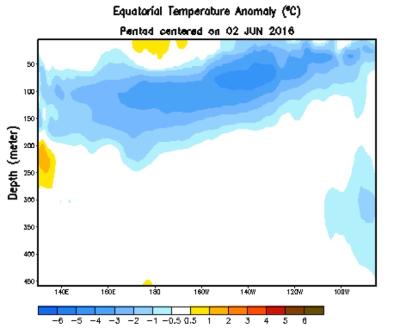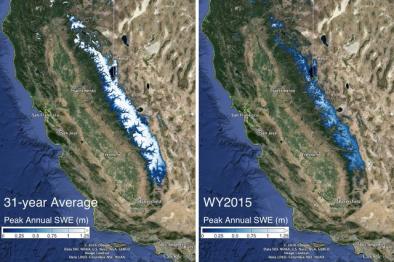Science Source
An atmospheric mechanism for ENSO amplitude changes under an abrupt quadrupling of CO2 concentration in CMIP5 models
- States that possible changes in the ENSO properties will likely modulate any future changes in regional weather and climate variability that are due to anthropogenic greenhouse gas (GHG) emissions
- Investigates the causes of changes in the ENSO-related SST variability under global warming, focusing on the atmospheric forcings and feedbacks
- Investigates the impact of a quadrupled CO2 concentration on the simulated El Niño–Southern Oscillation (ENSO) amplitudes in 19 Coupled Model Intercomparison Project phase 5 (CMIP5) climate models
- Finds that contrasting ENSO amplitude changes occur in CMIP5 models due to abrupt CO2 quadrupling
- Finds the difference in the central tropical Pacific zonal wind stress (ZWS) forcing efficiency causes the contrasting amplitude changes
- Holds the ENSO amplitude changes are linked with changes in zonal wind-convection coupling in the central tropical Pacific
 Figure: ENSO amplitude changes under global warming and their statistical significance. Ratios of ENSO amplitudes for 19 coupled models from the CMIP5 archive are shown. The blue (orange) bars, with ratios less (greater) than 1, represent the models for which the ENSO amplitude decreases (increases) in the abrupt 4xCO2 simulation with respect to the corresponding piControl simulation. The thin vertical lines indicate the 99% confidence limits for the changes in ENSO amplitude resulting from the natural variability, estimated from the 500 year piControl experiments. (Rashid et al 2016)
Figure: ENSO amplitude changes under global warming and their statistical significance. Ratios of ENSO amplitudes for 19 coupled models from the CMIP5 archive are shown. The blue (orange) bars, with ratios less (greater) than 1, represent the models for which the ENSO amplitude decreases (increases) in the abrupt 4xCO2 simulation with respect to the corresponding piControl simulation. The thin vertical lines indicate the 99% confidence limits for the changes in ENSO amplitude resulting from the natural variability, estimated from the 500 year piControl experiments. (Rashid et al 2016)
Related Content
Headline

Sep 23, 2016 | Los Angeles Times
Why did El Niño miss SoCal? It's complicated, National Weather Service says
Headline

Aug 10, 2016 | California Weather Blog
California drought update; April showers in NorCal; and La Niña Looms
Headline

Aug 10, 2016 | Weather Underground
El Niño is Officially Over—and La Niña is Likely On the Way
Headline

Aug 10, 2016 | Phys.org
Sierra Nevada snowpack not likely to recover from drought until 2019


